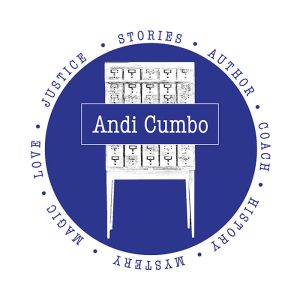said I could swallow abandoned mountains with the best of them
– Khadijah Queen
At the start of this newest year, I made myself a quiet vow – I will drive the quiet roads and stay off the interstates all year. It’s an easy promise for me since I would shun stop lights and divided highways my whole life if the speed of days allowed it.
But the promise weighs heavier, too, sodden with the stories quiet and hushed on the farms that quilt these Virginia backroads. There, on old plantations, where the fence lines of hundreds of years are still sentineled by lines of cedars, where the windows of deep, two-story houses still shimmer opaque in the afternoon sun, the stories of enslaved people wait quietly for a telling.
***
The most common critique of The Slaves Have Names is a fair one – that I said too often what I did not know, that I lost some of the energy of the story in what could not be found. That’s true, real – in those years of writing, I found myself often frustrated, angry even in how much was lost, and I let that anger coat what I did know. I will not make that mistake again.
Yet, deep truth lies in that unknowing, too, the way the slave quarter was the only building torn down here in this place I now call home.
Yesterday, I sat across from a woman who had just found two more generations of her family, people enslaved here, people whose names she had not known before. There is so much to know.
But then, she looked at me, “I don’t suppose there would be any pictures, right?” She knew the answer, but we still hope, always.
The unknown, unseen, nearly forgotten is vast. And the work to know it . . . like swallowing an abandoned mountain.
***
My travels on backroads will be a journey forever into the lives of these people who we have tried to erase, to forget, to overwrite with stories that are easier, more picturesque. We prefer the plantation houses to the workers who built them.
Yet, those people are not gone; their stories are not erased; their existences were not futile. Their survival through slavery, through Jim Crow, through the lynchings and shootings and the systems that try so hard to push them back . . . these people have stood firm and tall. The sentinels of truth marking the outlines of history, tall cedars as their spines.

